The Independent's journalism is supported by our readers. When you purchase through links on our site, we may earn commission.
The presidential election in Belarus will be a choice between two very different futures for the country
Belarus is a young country, and for most of its history, it belonged to other empires. It has a serious identity problem, as well as generational divides

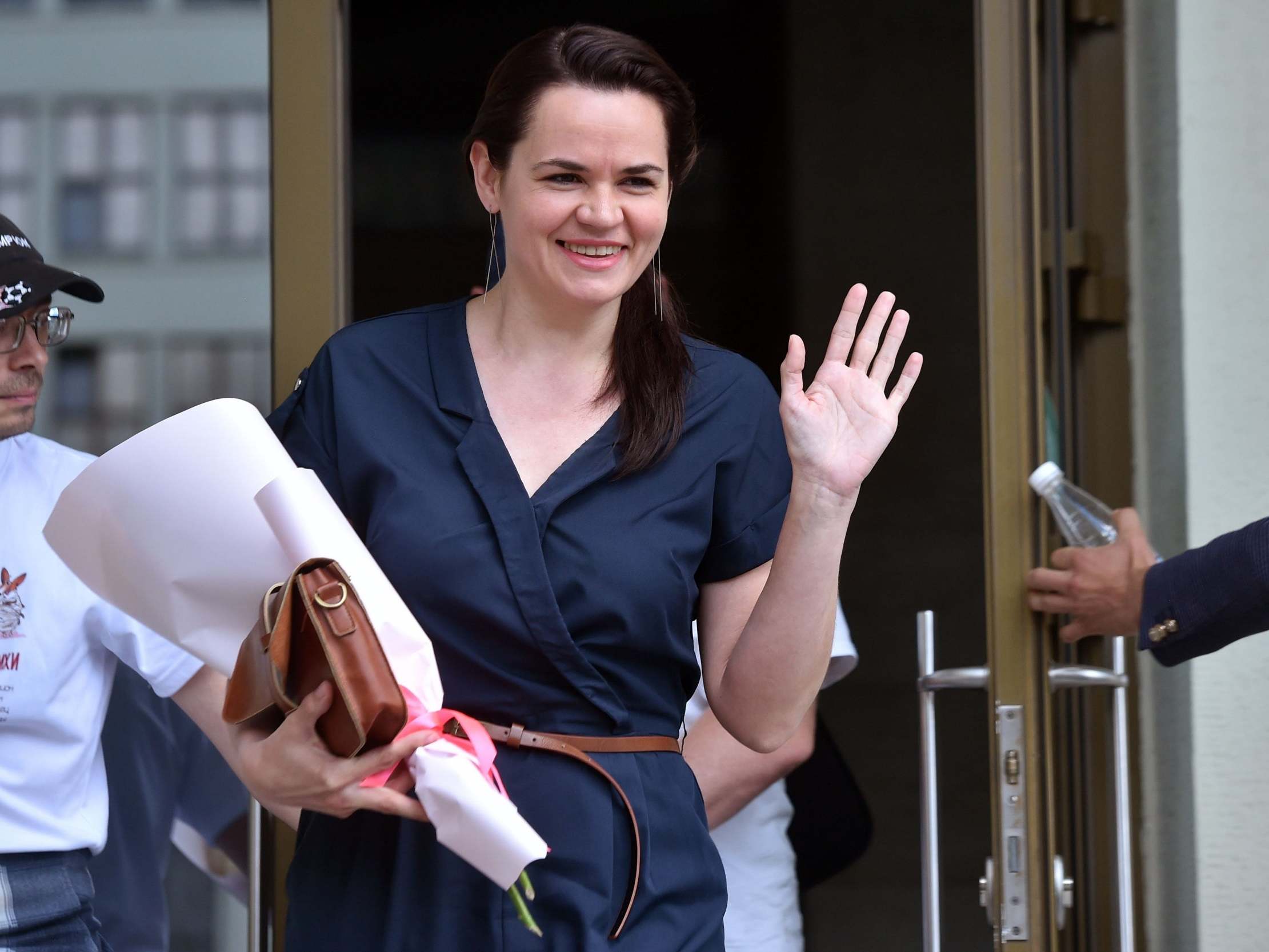
In 1990, Ukrainians toppled the first statues of Lenin. They hadn’t even waited for the fall of the Soviet Union – that wouldn’t come for another year. Before long, from Estonia to Bulgaria, monuments to the Father of the Revolution had been torn down and destroyed. But while the touch paper had been lit for a bonfire of Soviet iconography, the flames didn’t spread to neighbouring Belarus.
Instead, in Minsk’s Independence Square stands a colossal statue to the man who founded the Union from which the country declared its independence in 1991. Although traces of Soviet history, the hammer and sickle, statues of Marx, Lenin and even Stalin can be found in various states of disrepair across the former Eastern Bloc states, Belarus is virtually alone in not just leaving theirs intact, but actually maintaining them.
At the heart of this policy is an identity crisis – one which is now coming to the fore as the country prepares to go to the polls to elect its president. Alexander Lukashenko, the incumbent, has been president since the country gained independence from the USSR. His unexpected challenger is 37-year-old Svetlana Tikhanovskaya, who reluctantly entered the race after her husband was barred from standing. The campaign has brought thousands onto the streets, pitting liberals against conservatives and students against their grandparents. It has exposed like never before the lack of consensus around what the future should look like in the country.
Belarus is a young country, and for most of its history, it belonged to other empires. From the 14th century it formed part of the Polish-Lithuanian Commonwealth. Affairs of state and culture were conducted in Polish, a language that many didn’t speak. This was reversed in 1795, when it was absorbed into the vast Russian Empire, becoming a mere stopping point between its extremes – Warsaw in the West, to the Sea of Japan in the East.
Crucially, the idea that Belarus ever would be one unified country took hold only relatively recently. For most of its history, its towns and villages were made up of a heterogenous mix of Eastern Slavs, Muslim Tatars and one of the largest Jewish populations in Europe. As Timothy Snyder sets out in The Reconstruction of Nations, as well-defined ethnic groups, like Poles and Lithuanians began to agitate for their own distinct nations, no such national idea took hold in Belarus.
It is little wonder then that Belarus has an identity problem. Polling of the British public by YouGov shows that Belarus is the least known country in Europe, except for tiny San Marino. Domestically as well, advocates of Belarussian autonomy have struggled with the nation’s proximity to its neighbours. Efforts to spread the folk language, critical to Polish and Lithuanian national movements, were hampered by the Belarussian language’s similarity to Russian. Now, many activists fear it will be lost, with only around a third of Belarussians speaking it at home.
That it was the Soviets who drew the borders of Belarus goes some way to explaining how the hammer and sickle has become inextricably linked with the country, long after the fall of the USSR. Having seen one quarter to one third of its population killed in WWII, including almost the entirety of its vibrant Jewish community, for many the Soviet victory has become their country’s founding story.
But younger, more liberal Belarussians are looking back even further than WWII for their own version of the country’s origins. That can be seen among the flags being waved at Tikhanovskaya’s opposition rallies, which have attracted thousands even in the provincial towns. Often these flags feature the Pahonia, the white horseman that came to Belarus with the Polish-Lithuanian Commonwealth. It is a rejection of the iconography of the modern state, calling back to a period of openness and fraternity in Central Europe.
For those activists, the country has been on the wrong track since its independence – governed by those who see themselves as more Eastern than European. Lukashenko has been expert in playing both Russia and Western Europe off against each other, and securing investment from China. But many Belarusians want a more meaningful relationship with their neighbours. Almost four out of five Belarusians surveyed say that they have a positive or neutral view of the EU, but only half think they enjoy good relations.
Sunday’s presidential election will be a choice between two very different futures for the country. On one hand, a premium is put on continuity and stability in a country that has been ravaged by war and hardship throughout its history. On the other, there is a genuine sense among many that a new leader, and a new concept of Belarus’s European roots, might be on the cards.
Gabriel Gavin is a policy analyst with a particular focus on Central/Eastern Europe

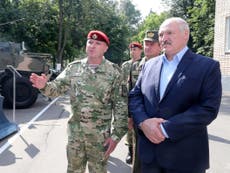
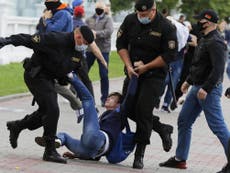
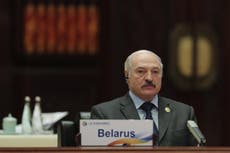
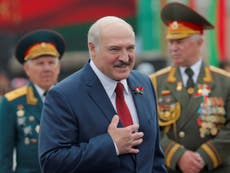
Join our commenting forum
Join thought-provoking conversations, follow other Independent readers and see their replies